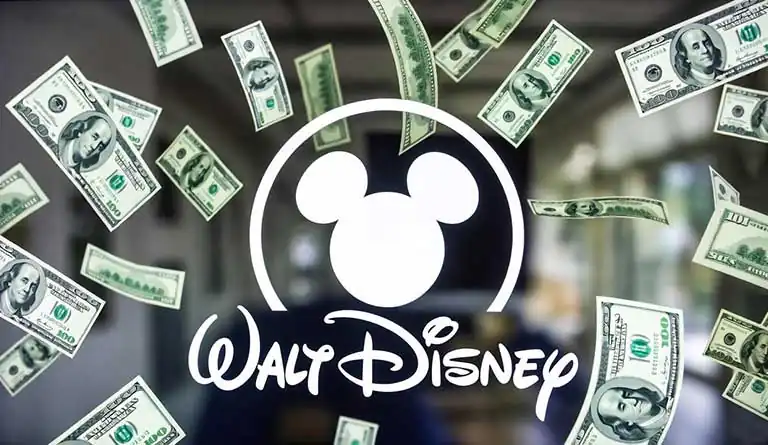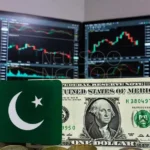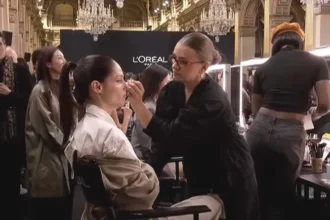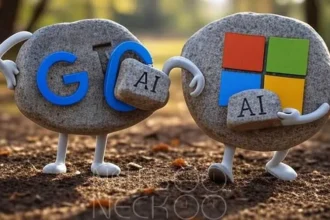How Disney Found Its Magic Again
There’s a particular kind of anxiety that comes with being a giant. You’re big, everyone knows who you are, but staying on top feels harder every year. New competitors appear. Tastes change. What worked yesterday stops working tomorrow.
Disney has been feeling that anxiety for a while now. A few years ago, the company that built its empire on fairy tales was facing some very un-magical realities. Streaming wars were bleeding money. Theme parks had emptied during the pandemic. Wall Street was asking uncomfortable questions about whether the House of Mouse had lost its way.
But something shifted. The numbers that came out for Walt Disney 2025 fiscal year report tell a different story—one about a company that figured out how to be a giant in a world that keeps changing the rules.
The Streaming Battle Nobody Thought They’d Win
Remember when Disney+ launched in 2019? The company was late to streaming. Netflix had a decade head start. Everyone wondered if Disney could catch up, or if they’d just burn through billions of dollars trying.
Turns out, owning nearly a century of beloved characters helps.
Disney’s streaming division—Disney+, Hulu, and ESPN+—has turned a corner. For years, these platforms lost money. That was the plan, actually. Spend big to build an audience, then figure out how to make it profitable later. But “later” kept getting pushed back, and investors were getting impatient.
Now, finally, the math is working. The streaming services aren’t just attracting viewers—they’re making money doing it. Shows like “Alien: Earth” became instant hits, the kind of water-cooler conversations that used to only happen with traditional TV. People weren’t just subscribing; they were staying subscribed and actually watching.
This matters more than it might seem. In the streaming world, success isn’t just about how many people sign up. It’s about whether they stick around. Whether they tell their friends. Whether they care enough to keep paying every month instead of canceling after binge-watching one show.
Disney cracked that code by doing what Disney does best: telling stories people actually want to watch, using characters people already love.
A Blue Alien Generates $4 Billion (And She’s Not Even From Pandora)
Here’s a number that sounds impossible: Lilo & Stitch merchandise generated more than $4 billion in sales.
Four. Billion. Dollars.
For a movie that came out in 2002.
This is the part of Disney’s business that doesn’t get enough attention. While everyone focuses on box office numbers and streaming subscribers, there’s this massive, quiet operation that turns cartoon characters into lunchboxes, t-shirts, backpacks, toys, Halloween costumes, bedsheets, and about ten thousand other products.
Stitch—that chaotic blue alien who pretends to be a dog—has become one of Disney’s most profitable characters ever. Not Mickey Mouse level, but close. And the brilliant part is that Disney didn’t need to make a new movie to make this happen. They just needed to keep the character visible, relevant, and available for a new generation of kids to discover.
This is what the company calls “leveraging creative and brand assets,” which is corporate speak for “we made something great once, and we’re really good at making money from it forever.”
It sounds cynical when you say it like that. But it’s also smart business. Why wouldn’t you keep selling products based on characters that kids genuinely love? Especially when those characters teach lessons about family, acceptance, and finding where you belong?
The Parks That Wouldn’t Stop Printing Money
If you’ve been to a Disney theme park recently, you know two things: it’s expensive, and it’s packed.
Disney’s Parks and Experiences division just had its best year ever. Record operating income for the quarter. Record operating income for the full year. These aren’t small margins we’re talking about—theme parks are incredibly profitable when done right, and Disney has spent decades learning how to do them right.
The secret isn’t really a secret. It’s about creating experiences people can’t get anywhere else. Where else can you hug Mickey Mouse, ride through a Star Wars galaxy, and eat a churro the size of your forearm, all in the same afternoon?
But here’s what changed: Disney got better at managing demand. They introduced reservation systems, surge pricing, and premium experiences that let people pay extra to skip lines. Some fans hated these changes. They said Disney was pricing out regular families, turning something magical into something only the wealthy could enjoy.
Disney’s response, essentially, was: look at the numbers. People keep coming. They keep spending. They keep leaving happy reviews. The parks are full, the hotels are booked, and guest satisfaction scores remain high.
It’s a complicated truth. Something can be expensive and still be worth it to the people who pay for it. Whether that’s fair is a different question—one that Disney probably doesn’t spend much time asking.
What This Really Tells Us
Disney’s 2025 results aren’t just about one company having a good year. They’re about something bigger: the value of owning stories.
In a world where everything feels temporary—where apps rise and fall, where trends last three weeks, where yesterday’s viral sensation is today’s forgotten memory—Disney owns things that last. Mickey Mouse is nearly 100 years old and still recognizable to children worldwide. Snow White premiered in 1937 and still sells merchandise. The Lion King came out in 1994 and just won’t go away (not that anyone’s asking it to).
This permanence has value. It creates trust. When parents take their kids to see a Disney movie or visit a Disney park, they’re not taking a chance on something unknown. They’re investing in an experience they probably had themselves as children, one they want to share.
That’s powerful. That’s worth billions of dollars, apparently.
The Questions That Remain
None of this means Disney has solved all its problems. The company still faces challenges. Competition in streaming hasn’t gone away—it’s intensified. Making movies is getting more expensive, and audiences are pickier about what they’ll show up for. Labor tensions at the parks continue to simmer. Questions about diversity, representation, and creative risk-taking aren’t going away.
But for now, at least, the numbers tell a clear story. Disney figured out how to be big in an age that supposedly doesn’t reward bigness anymore. They did it by remembering what made them big in the first place: characters that stick around, stories that matter, and experiences worth paying for.
The magic, it turns out, was never really gone. It was just waiting for Disney to remember where they left it.
And apparently, it was sitting next to a blue alien named Stitch, counting his billions.













